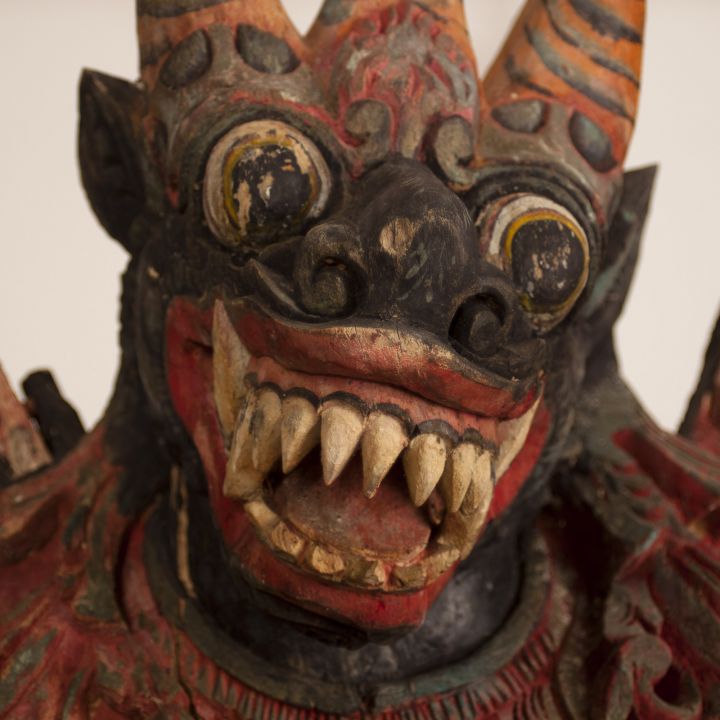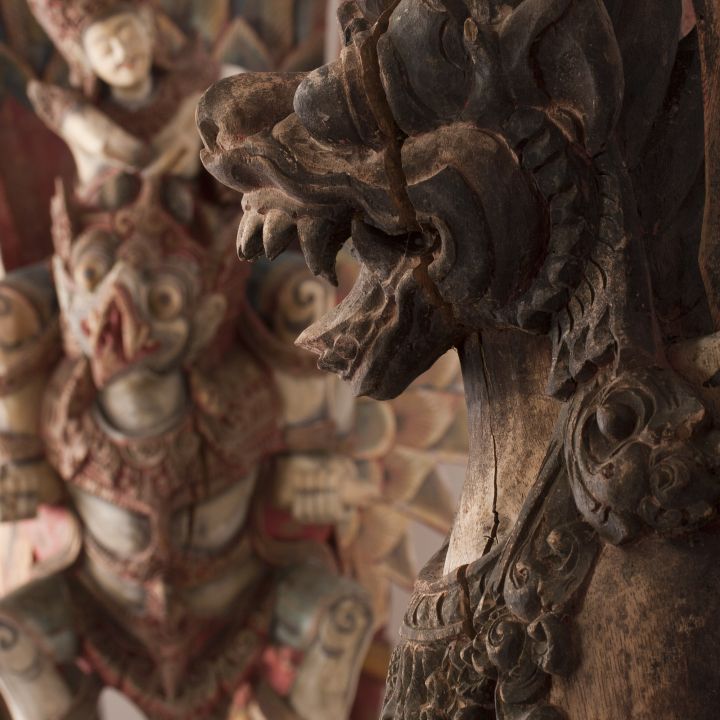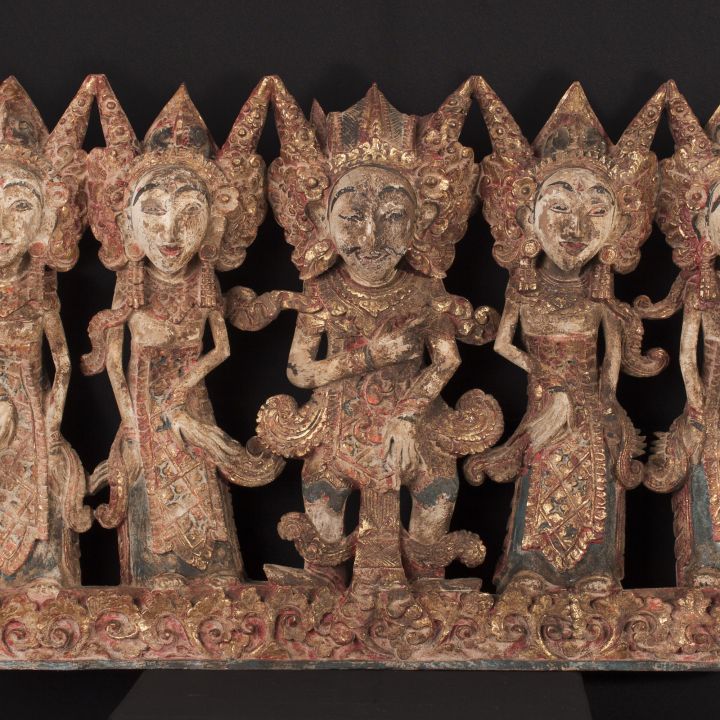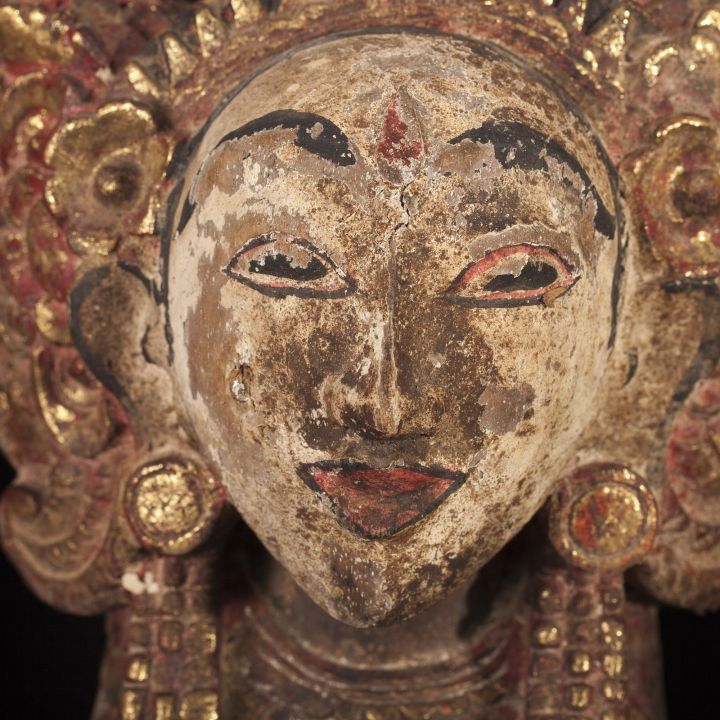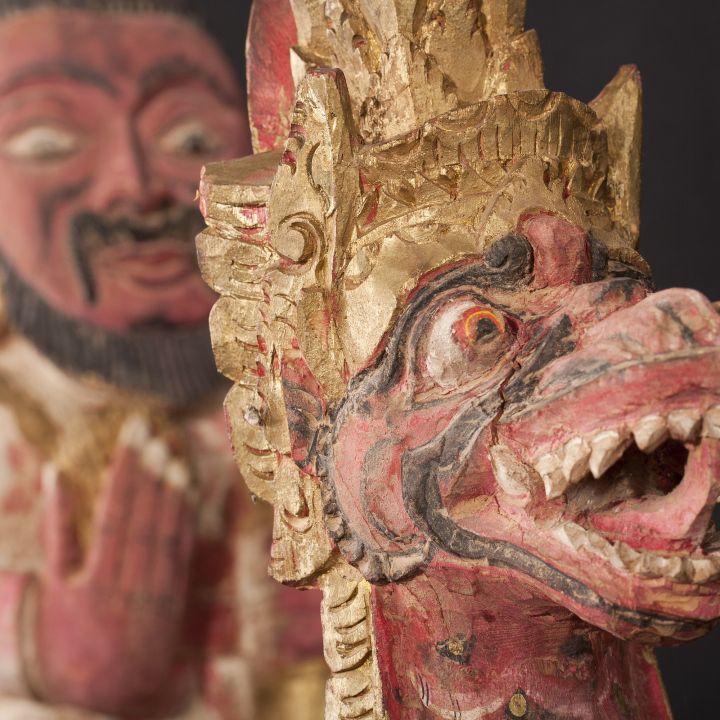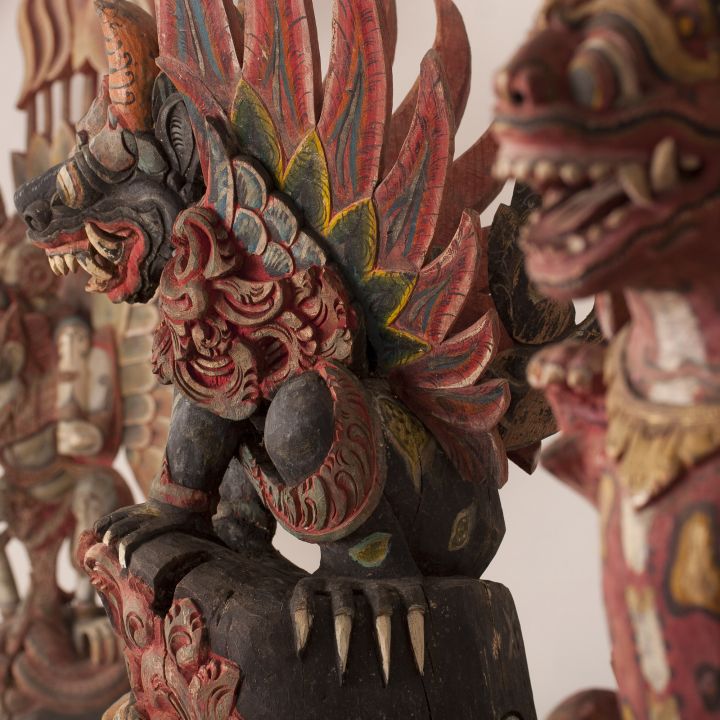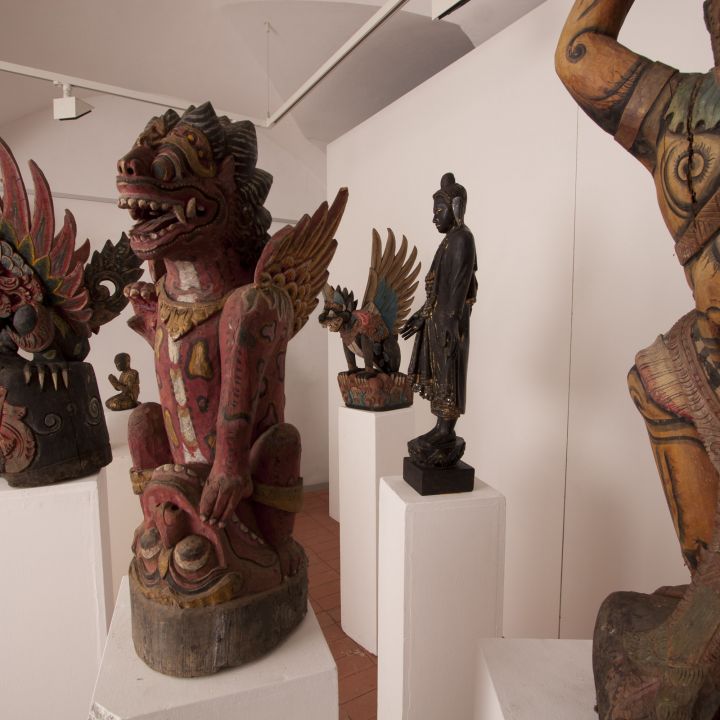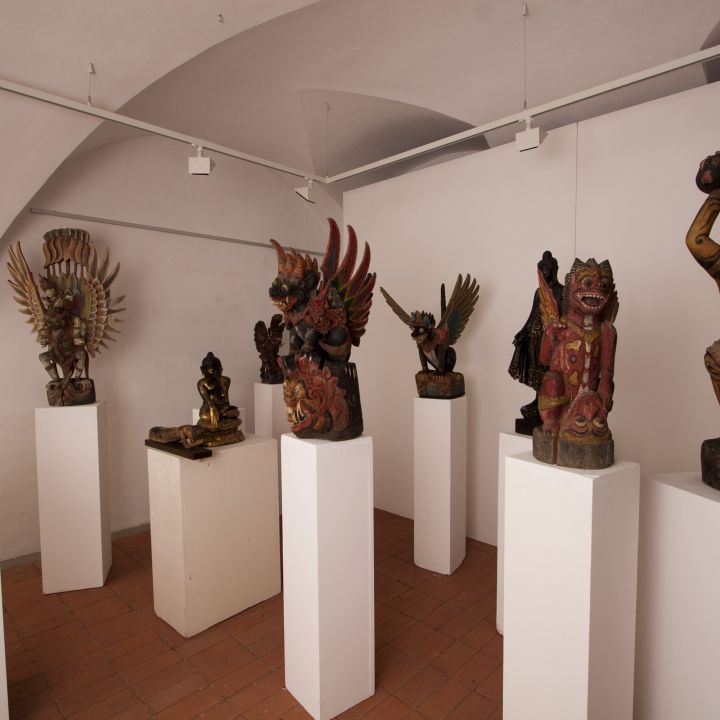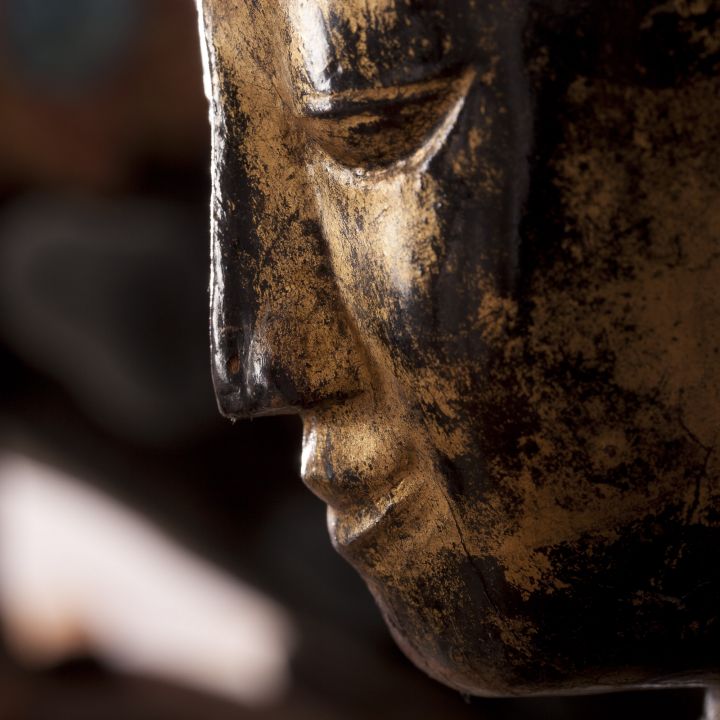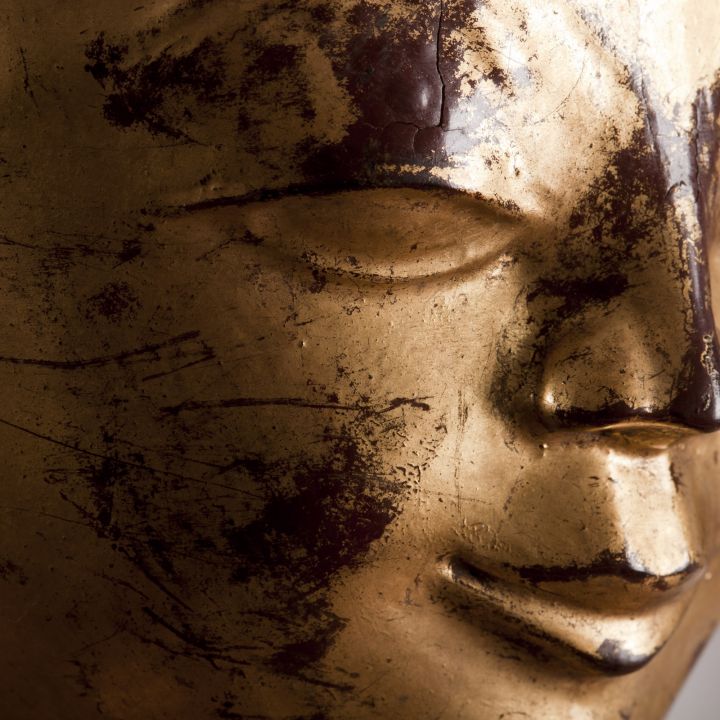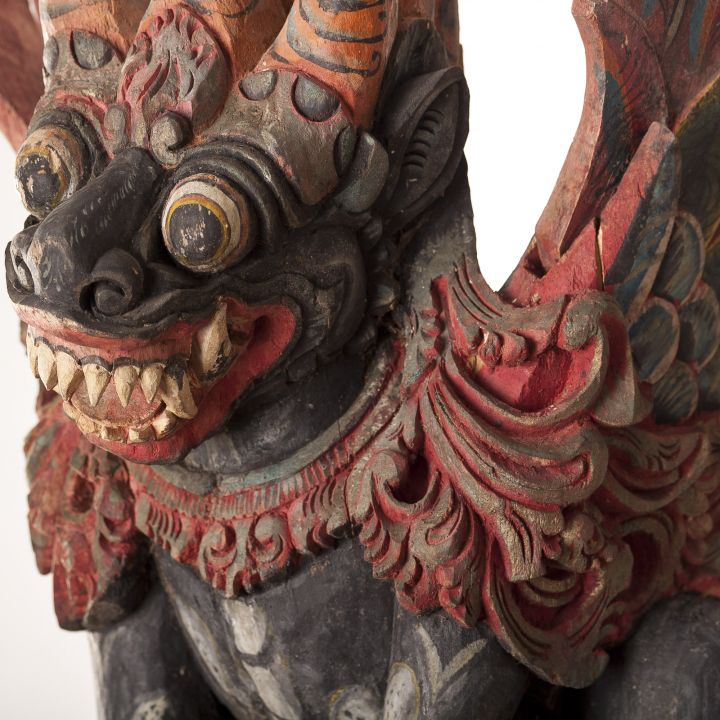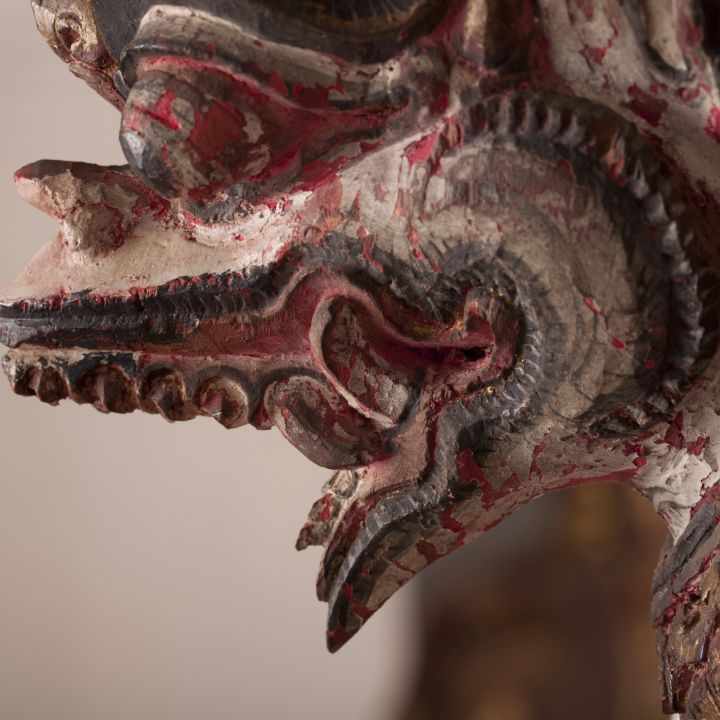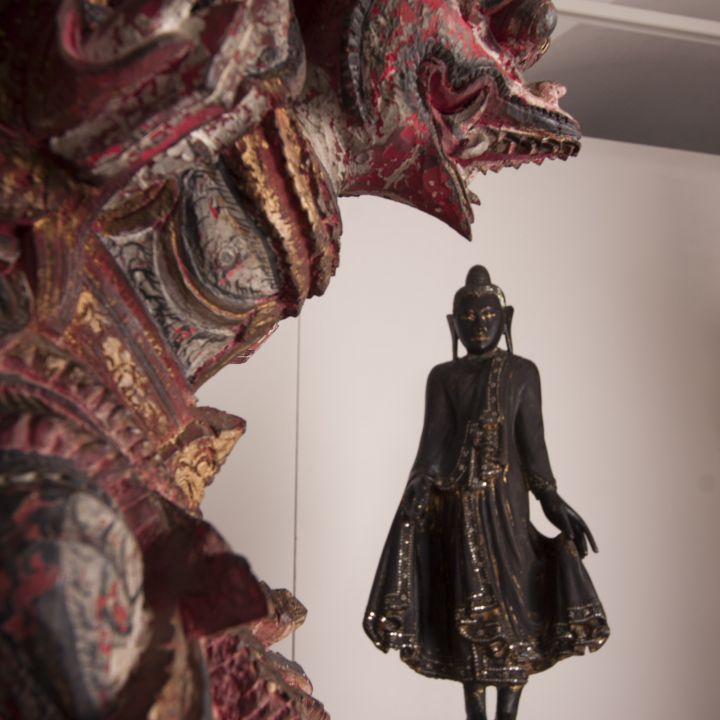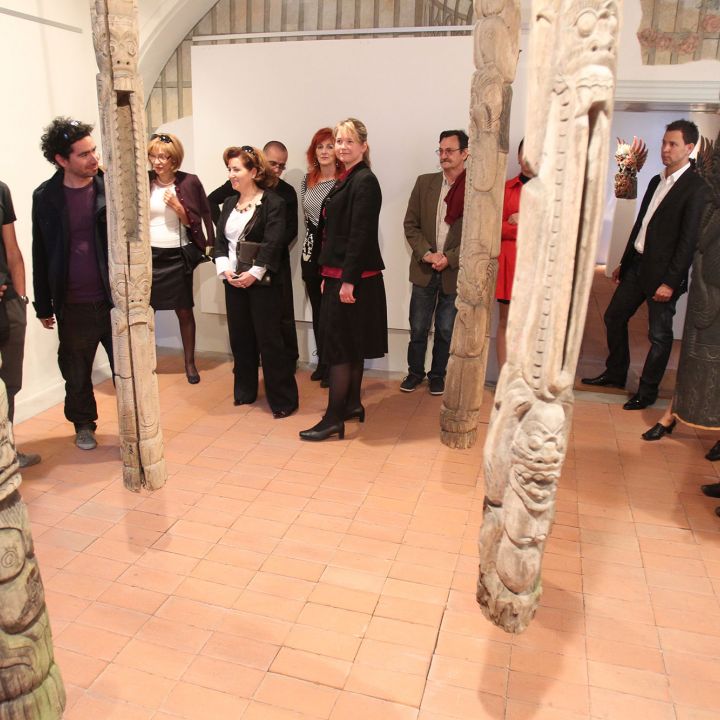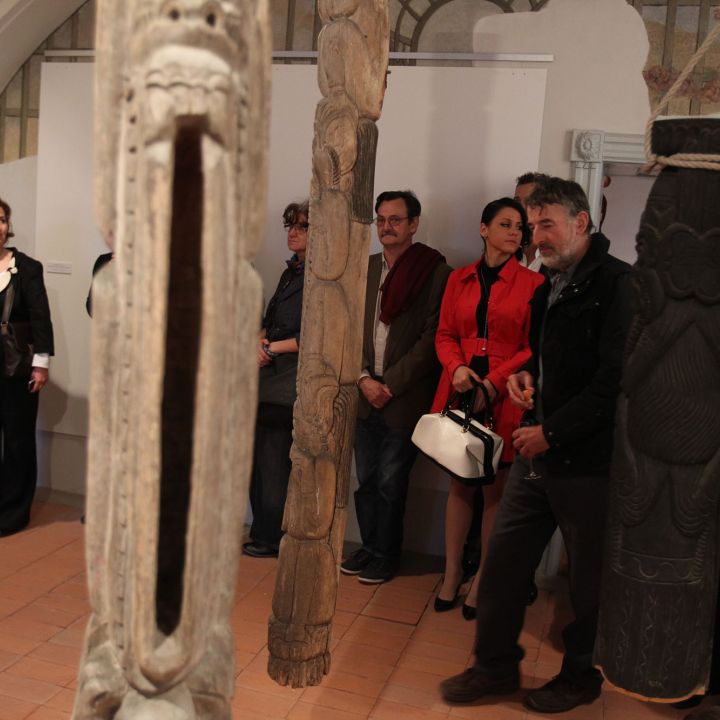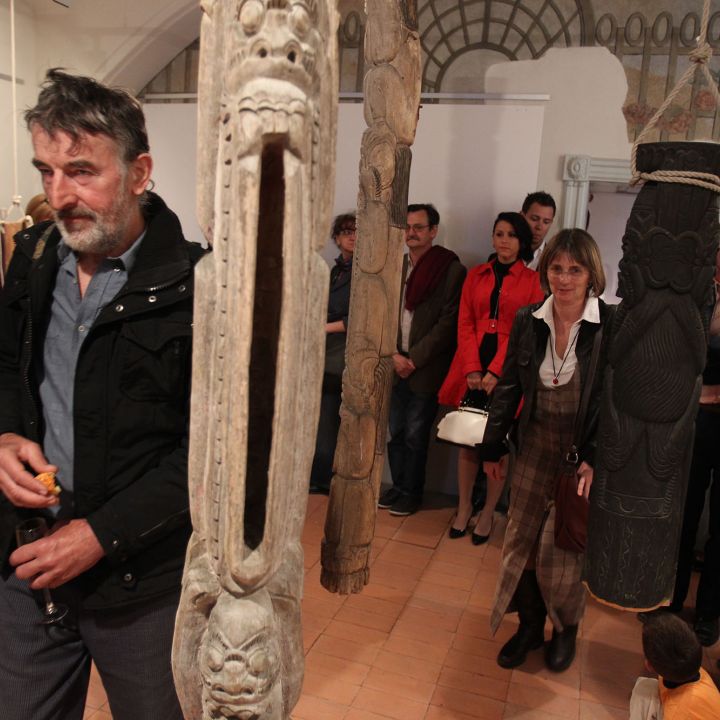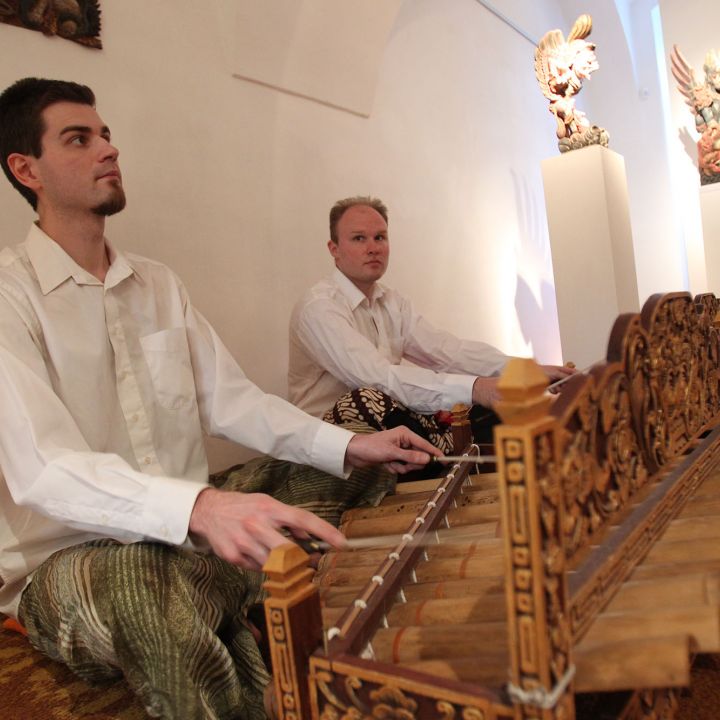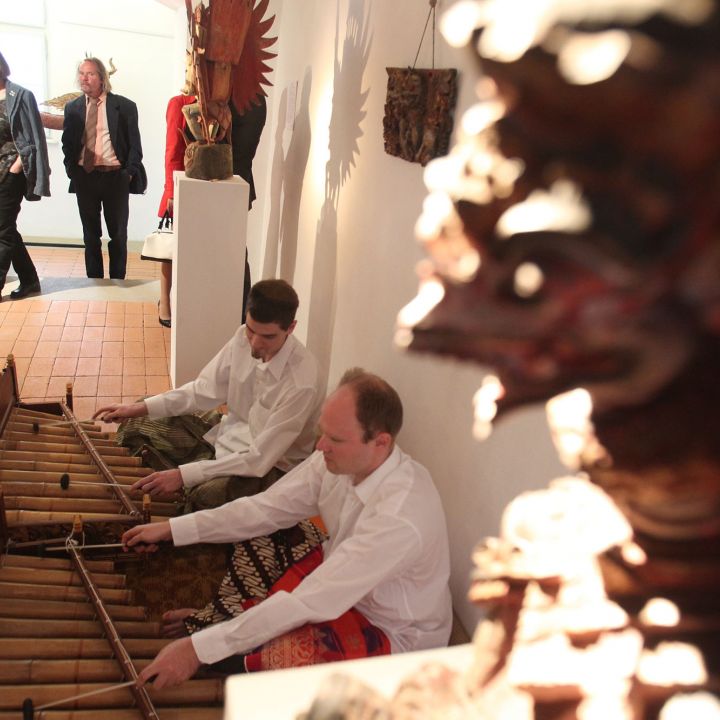Bali is the westernmost of Indonesia's Lesser Sunda Islands, east of Java and west of the Lombok Islands. The small island is one of Indonesia's 33 provinces with its provincial capital in Denpasar, in the south of the island. Other important cities include the northern port of Singaraja, which was the capital of Bali in colonial times.
Bali's first inhabitants were descendants of Asian tribes who migrated to the Indonesian archipelago and who, as far as we know today, settled on the island around 3000 BC. The end of prehistoric times is thought to have been marked by the arrival of Hindus from India. Archaeological evidence suggests that this was around 100 BC. The term 'Isle of Bali' (Balidwipa) can be seen on an inscription dating back to the 9th century. Many religious and cultural traditions that still exist today can be traced back to this time. With the decline of the Majapahit Empire of East Java (1293-1520) in the 15th century, the spiritual leaders of the empire, artists, priests and musicians migrated en masse from Java to Bali. The high culture or palace culture that emerged from these times still flourishes on the island today.
Unlike Muslim-majority Indonesia, 93% of Bali's population is Balinese Hindu. Hinduism, mixed with Shivaism, dualism and animism, has created a belief system unique to Bali, with five pillars: belief in the existence of an all-powerful God (Brahman or Sanghyang Widhi Wasa) and soul (atma), the interconnectedness of actions and their consequences (karma phala), rebirth (samsara) and the ultimate liberation of the soul (moksa).
The most important element of the religion is Shivaism, which incorporates the Mahayana features of Buddhism and focuses on the Hindu god Siva, but the importance of the sacred water tirtha, which represents Visnu, is not far behind. Another essential element of the religion is dualism - an ideal of complementary opposites, such as the holy water next to the fire (in the form of an incense burner) and the black and white checked textile, the poleng, appear alongside the holy water in rituals as part of the philosophy of dualism. A final but no less important part of Balinese Hindu religion is animism, the belief in living spirits in everything.
Bali is one of the most flourishing art centres in the world with its diverse and sophisticated art. The gamelan music, dance, woodcarving, shadow puppetry, painting, all reflect a distinctively Balinese art in every aspect. Balinese dance, shadow puppetry and theatre performances often use stories from the great Hindu epic, the Ramayana with strong Balinese characteristics. Every year thousands of performances, temple ceremonies, rituals, private performances and public shows are held on the island. In Bali art, spirituality and faith are inseparable with communal interest and individual interest united in the glorification and reconciliation of the gods and demons among the people. Many shadow plays, gamelan concerts and dance performances are intended to bring about the spiritual purification of the community and the area, the consecration of the temple. The artists themselves are deeply spiritual people.
Source: Wikipedia the Free Encyclopedia / Ács László: Bali, Kelet Kiadó 2008 / Dr. Tóth József: Bali - Az Istenek szigete, Beta-Net Kiadó 2000

